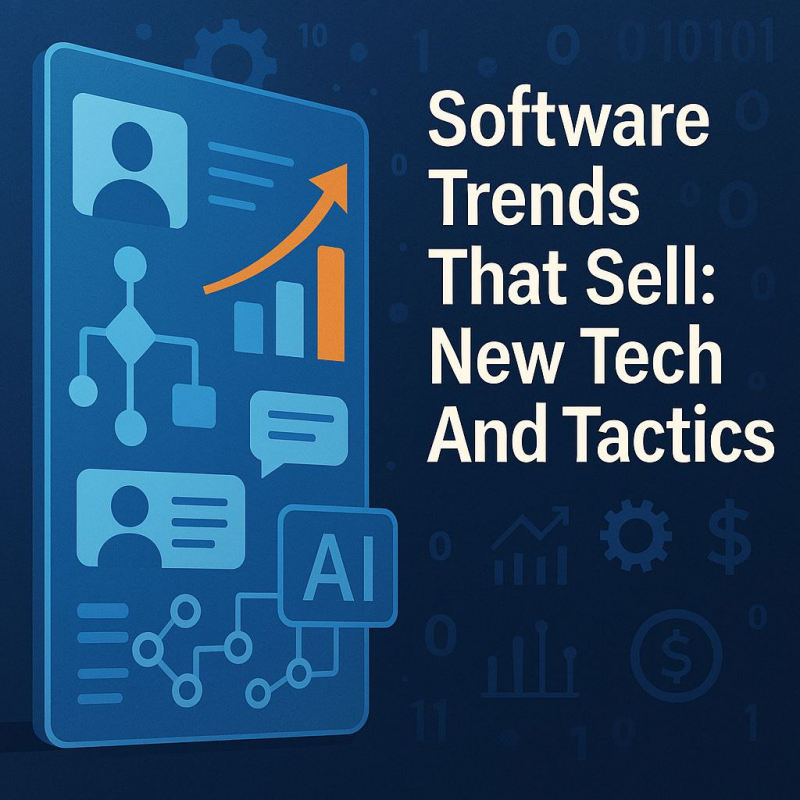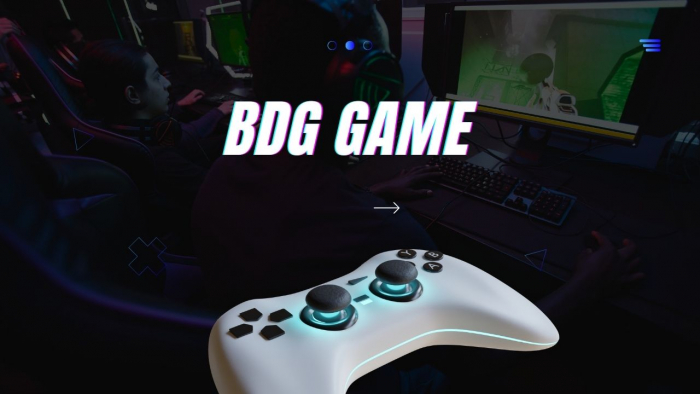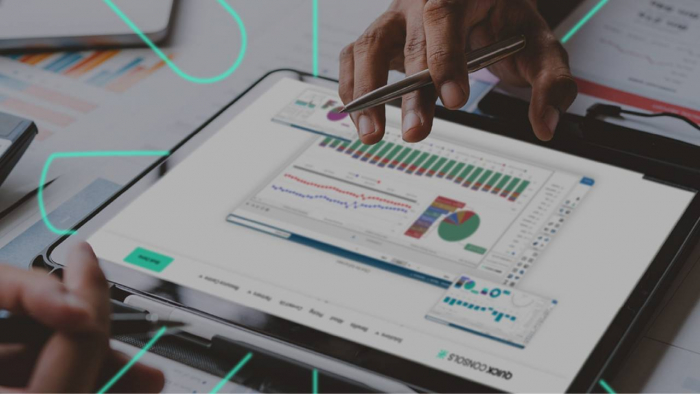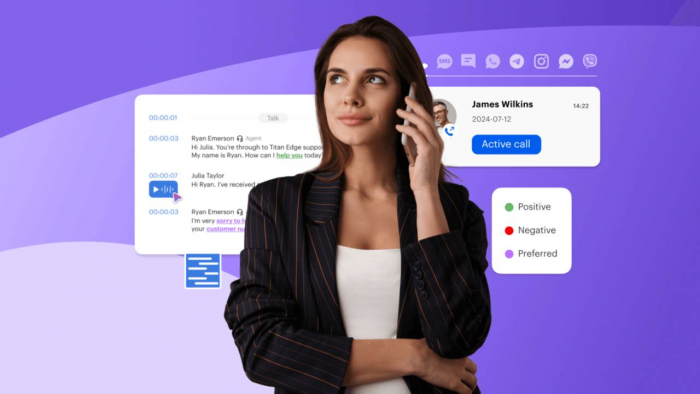Technology is transforming the software industry at a fast pace, with customers' changing behavior and the effect of technology. Software firms must not only deliver a good product by 2025 but also frame their sales strategies to match modern challenges. It is important to know about the key technologies and strategies that dictate success in competitive combat.
Digitalisation of sales: automation, AI and personalisation
Automated sales funnels enhance the efficiency of handling prospects by predicting their action. Artificial intelligence makes sales easier by helping to personalize offerings. Personalization is increasingly becoming the norm and not the exception, as customers now expect a personal element.
Artificial intelligence in sales

AI handles massive data sets, offering relevant suggestions to marketing and sales teams. This facilitates automation of lead qualification, communication streamlining, and enhanced targeting accuracy.
According to recent software development trends, nearly half of all AI deployments focus on IT automation. By 2026, 30% of enterprises will use AI to automate half of their network operations. This rapid shift shows that automation is no longer optional, it’s becoming the backbone of competitive sales strategies. Famous tools such as Salesforce AI and HubSpot Predictive Lead Scoring allow focused work on the most valuable customers. This assists companies in saving money and creating more conversions.
Automation allows managers to save time so that they may work solely with 'warm' leads. Conversion forecasting and behavior analysis allow you to respond promptly to changes. This improves sales flexibility and gives you a competitive advantage. AI is no longer a trend but a standard for efficient work.
Dynamic funnels and tailored content
Personalisation begins by establishing the correct facts regarding user needs and behaviour. Sales funnels respond in real time to behaviour, perhaps by offering personal pages or email campaigns. Dynamic content increases engagement and trust immensely. Intercom or Lemlist, for example, allow you to automate it without losing the human touch.
Because of personalisation, sales become customized. This helps significantly increase conversions and retention. Continuous testing and optimization of all elements of the funnel should be in place. This ensures sustainable profitability and growth.
Customer-focused approaches: experience and help
The triumph of a software product in 2025 depends on how it makes the customer experience easy at the point of purchase and beyond. Customers desire an effortless experience, quality support, and open communication. Companies that invest in service build loyal customers and word of mouth, which is the foundation for sustainable growth.
Ease of use
A simple and intuitive interface is one of the primary product adoption drivers. If the users do not know how to use the software right away, they will not buy it. Companies invest in UX design, onboarding, and nudges to reduce adaptation time. Simplicity is a strategic advantage that has a direct effect on conversions.
Convenience is equivalent to rational function placement, simple directions, and few unnecessary steps. This is especially important for SaaS products, where time to value should be kept at a minimum. Products that do not pay attention to UX cannot survive in today's market. A simple interface guarantees maximum user satisfaction and retention.
Transparency and trust
Customers thoroughly read reviews and case studies prior to a purchase. Transparency about what a product can do, cannot do, and is worth building trust. Articles on G2, Capterra, and TrustRadius build reputation. Active interaction with reviews shows the brand's responsibility.
Trust is the number one currency in the software industry. Companies that are transparent win the competition battle. Real case studies and an open roadmap guarantee the intentions are sincere. The higher the trust level, the higher the sales.
Flexible monetisation models
The sector is shifting from single-sales to pay-per-performance, modular products, and subscriptions. This gives a broad clientele more access to the product and supports business scaling in a scalable fashion. Clients have an opportunity to pay for what they need and control their expenditure. Such models support long-term interaction.
Subscription as default
SaaS enables customers to use the product without initial capital outlays. Companies receive steady revenue and ongoing update power for the product. Customers prefer instant onboarding and easy cancellation. SaaS redirects companies away from selling and is more focused on customer retention.
Continual updating and integration are the keys to success for SaaS companies. Computerized customer support and service increase loyalty. Subscription is the new standard, not a trend. It opens up new growth opportunities.
Payment for results
Value-based pricing is more prevalent in B2B. The customer is paying for a result, not a licence or capability. This encourages firms to focus on the customer's business needs front and center. Sales are then a partnership rather than an isolated transaction.
This model requires careful analysis and ROI forecasting. It increases customer trust and loyalty. Value-based pricing is changing the market and boosting standards. Executives of leading companies are implementing this model to the fullest.
Conclusion
By 2025, software selling success will depend on a combination of emerging technologies, personalization, customer centrality, and adaptive monetization models. Organizations that act quickly and invest in AI, UX, support, and transparency have the advantage.
Software is an experience and a service, and must fulfill very high customer expectations. Only an end-to-end strategy will bring growth and loyalty in the present era.
Post Comment
Be the first to post comment!





